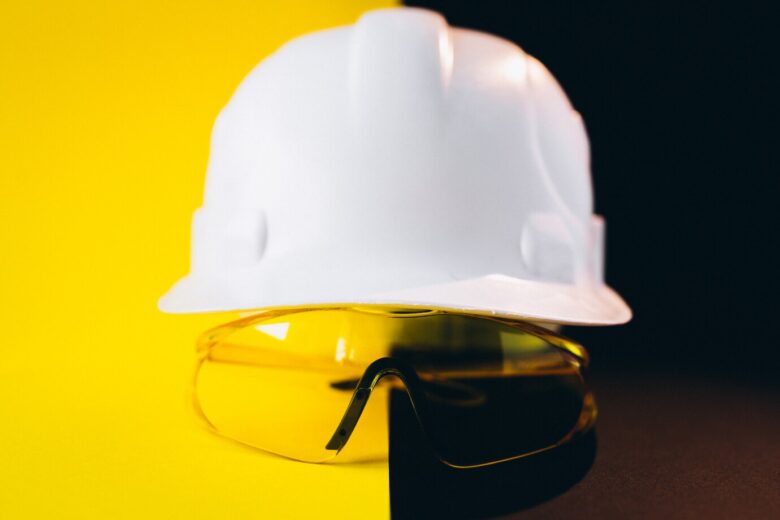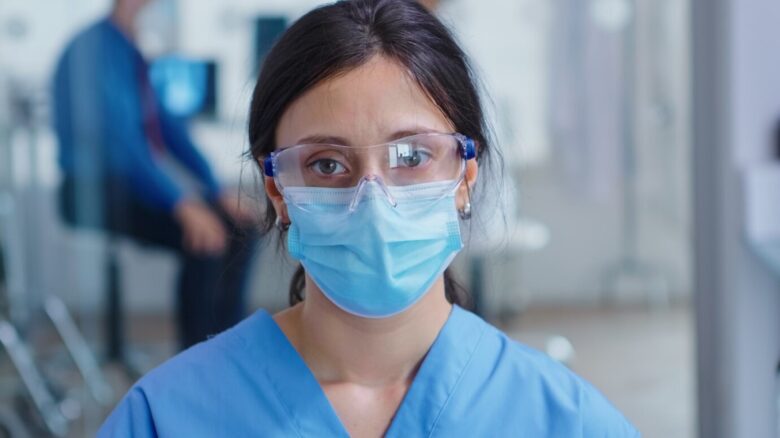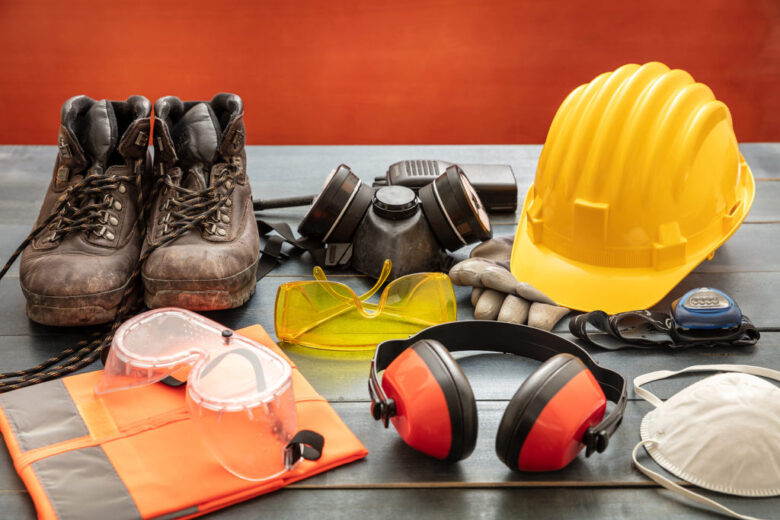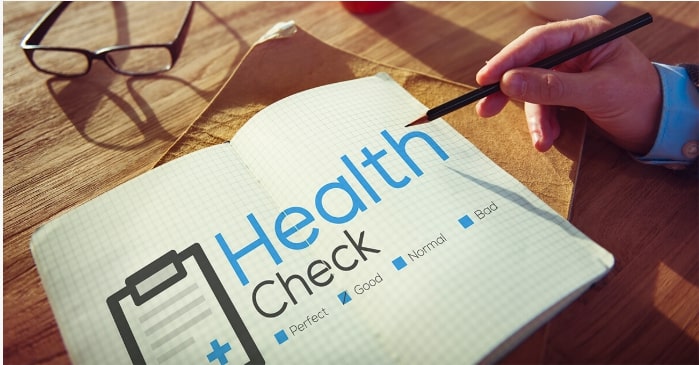Have you ever stopped to think about how many workplace accidents are entirely avoidable? According to the National Institute for Occupational Safety and Health (NIOSH), more than 2,000 workers in the United States experience eye-related accidents daily. The good news? Experts estimate that 90% of these could be prevented with the right safety measures.
Why gamble with something as critical as vision? Every work environment carries risks, but a proactive approach can protect workers and save companies from costly mistakes.
Contents
- Key Points:
- Safety Glasses Are Non-Negotiable for Workers in Hazardous Jobs
- Identifying the Risks Unique to Your Workplace
- How a Comprehensive Safety Plan Makes All the Difference
- What Managers Can Do to Prioritize Safety
- Advanced Protective Gear for Modern Workplaces
- The Role of Ergonomics in Reducing Strain
- Why Training Is More Than Just a One-Time Activity
- Practical Steps for Handling Emergencies
- Investing in Regular Health Checkups for Workers
- The Long-Term Benefits of a Proactive Safety Culture
- Closing Thoughts
Key Points:
- Each industry faces specific safety risks.
- Investing in proper equipment saves lives.
- Regular training ensures better preparedness.
- Workplace safety requires consistent enforcement.
Safety Glasses Are Non-Negotiable for Workers in Hazardous Jobs

Source:freepik.com
The role of protective eyewear extends far beyond compliance—it’s a lifeline for those who work in high-risk environments. Imagine a construction worker cutting steel or a lab technician handling chemicals without adequate protection. The consequences could range from temporary discomfort to permanent damage.
For workers who already wear corrective lenses, prescription safety glasses eliminate the dilemma of choosing between clear vision and protection. At RX-Safety, the range of prescription safety glasses meets ANSI standards, ensuring durability and comfort across various industries. Options like wrap-around styles or classic metal frames make it easy to balance safety with functionality.
The most workplace eye-related accidents happen because of human error. Workers forget to wear protective gear, mishandle equipment, or overlook hazards. The solution? Make safety as routine as clocking in. When protective habits are second nature, the number of accidents plummets.
Tailored safety equipment allows workers to do their job effectively without putting their vision at risk.
Identifying the Risks Unique to Your Workplace
Understanding workplace hazards is the first step in prevention. Risks vary widely depending on the field, and each requires a specific approach.
Construction and Manufacturing
Dust, debris, and sparks dominate construction sites and manufacturing floors. Workers who cut, drill, or weld are particularly exposed to flying particles that can cause immediate injuries. Wearing goggles with side protection is essential for these scenarios.
Healthcare and Laboratories

Source: sporteyes.com
Doctors, nurses, and lab technicians face less visible but equally dangerous risks. Bloodborne pathogens and chemical splashes can lead to infections or other complications. Splash-resistant goggles are designed to shield against liquids while maintaining visibility.
Office Spaces
Even low-risk environments like offices are not entirely free of hazards. Prolonged screen use leads to digital eye strain, reducing productivity over time. Implementing simple practices like taking breaks can significantly alleviate symptoms.
Taking the time to evaluate risks helps you prepare for the unexpected and reduce the likelihood of accidents.
How a Comprehensive Safety Plan Makes All the Difference
Prevention starts with a plan. Safety protocols ensure everyone in your organization understands how to minimize risks and respond in emergencies. A well-rounded safety plan includes the following:
- Regular Safety Audits: Conduct inspections to identify new risks. Address equipment maintenance and ensure compliance with regulations.
- Clear Communication Channels: Display safety procedures in visible locations. Use posters, infographics, or video demonstrations.
- Dedicated Safety Personnel: Designate team members to oversee implementation and address concerns.
Every workplace benefits from clear, actionable safety guidelines that are consistently enforced.
What Managers Can Do to Prioritize Safety
Managers play an integral role in fostering a safety-first culture. Here are actionable steps to lead by example:
- Schedule monthly safety reviews with your team.
- Reward employees who consistently follow protocols.
- Address complaints or requests for better equipment immediately.
The goal is to create an environment where workers feel supported and encouraged to protect themselves.
Advanced Protective Gear for Modern Workplaces

Source: aerialliftcertification.com
Standard goggles are no longer enough for evolving workplace risks. Today, advanced materials and designs make protective eyewear more effective. Some features to look for include:
- Anti-fog Coating: Maintains visibility in humid conditions.
- Adjustable Fit: Ensures comfort for extended wear.
- Scratch Resistance: Extends the lifespan of the gear.
Upgrading equipment sends a strong message about your commitment to safety.
The Role of Ergonomics in Reducing Strain
While much of workplace safety focuses on immediate threats, long-term effects should not be ignored. Improper ergonomics can lead to cumulative strain that gradually affects workers’ well-being.
Encourage employees to follow ergonomic practices, including:
- Adjusting workstation height to reduce strain.
- Ensuring monitors are positioned at eye level.
- Providing adequate lighting to avoid squinting.
Simple changes can dramatically improve comfort and reduce fatigue.
Why Training Is More Than Just a One-Time Activity
Training is the backbone of workplace safety. A single workshop won’t suffice—repetition and hands-on learning are crucial. Workers should not only know what to do but also why it’s necessary.
A great training program includes:
- Interactive demonstrations of safety protocols.
- Hands-on sessions to practice using PPE.
- Periodic refreshers to reinforce key concepts.
When employees understand the importance of protective measures, they’re more likely to follow through.
Practical Steps for Handling Emergencies
Even with the best safety measures in place, emergencies can happen. Preparing for them minimizes damage and ensures quick recovery. Every workplace should have:
- A First Aid Kit: Stocked with supplies specific to workplace risks.
- Trained Responders: Staff members certified in first aid or emergency response.
- Accessible Emergency Exits: Clearly marked and unobstructed pathways.
Quick action can make the difference between a minor incident and a major injury.
Investing in Regular Health Checkups for Workers

Source: prognohealth.com
Workplace accidents are often exacerbated by pre-existing conditions that go undetected. Encourage employees to schedule regular health screenings. Vision tests are particularly important for those working in hazardous conditions. Early detection of issues ensures treatment before complications arise.
The Long-Term Benefits of a Proactive Safety Culture
A proactive approach to workplace safety delivers measurable benefits. Reduced accident rates lead to fewer compensation claims, higher morale, and increased productivity. It also enhances your company’s reputation as an employer that values its workforce.
Start small—improve one aspect of your safety measures today. Over time, consistent effort creates a workplace where everyone feels secure and supported.
Closing Thoughts
Workplace safety is a shared responsibility. From protective equipment to robust training programs, every measure contributes to a safer environment. The next time you’re tempted to cut corners, remember that prevention costs far less than the consequences of inaction.
What changes will you implement to improve safety in your workplace? Let us know your thoughts below!
